I was on my way to the Red Square for the first time. It’s a straight 2.2 kilometer shot down the street from the hotel. I was walking there with a group of my MBA classmates on our second day in Moscow. As we walked down the side of this busy boulevard I formed my initial impressions of Moscow.
Architecturally, it’s no Paris or London, many of the buildings are beige, white, or grey, all about four of five stories, and all looking like they were made by the same architect. Symbols of the Soviet era are everywhere in the architecture, from statues of industrious Soviet workers, to huge Soviet symbols in the stonework or facades. Five point stars, hammer and sickles, and globes with wheat wreaths are commonplace. It’s difficult to understand as an outsider what the relationship that most Russians have with these Soviet decorations, but they are a part of the country’s history and the Russians are proud people, and apparently not in any rush to divorce themselves from their past.
The irony of Moscow, from an architectural standpoint, is the juxtaposition of the old Soviet construction style and symbols, and the infestation of billboard advertising that has blanketed the entire length and breadth of the city. On the same street you can see the Contemporary (read: Soviet) History Museum, and a huge billboard advertisement for Playboy. Huge neon signs for Philips, Samsung, Sony light the tops of buildings. Billboards for Rolex, Shape magazine, Danone yogurt, and Nokia phones stick out of every crevice.
It’s indicative of the mental state of Russia at the moment I would say: a country torn between two worlds; not yet divorced from its past, and clumsily trying to adopt a set of Western values it has no experience with. The city looks like a tired old face that has suddenly been coated with makeup. You’re not sure what you’re looking at, the rejuvenated face of youth, or just a masquerade.
The main streets are broad and support a huge amount of both foreign and domestic cars. The foreign cars tend to be European or Asian, and in Moscow there are quite a large number of Mercedes, Audis, and BMWs, mostly black. These cars represent the two faces of Moscow, because all the cars that aren’t foreign luxury cars are fifteen to twenty year old Lada and Volga models, tiny little cars that all look beat up and on their last legs. The cars are also a sign of the times. There is enormous wealth being generated in Russia, but the majority of people are not seeing any improvement in their lives.
Also indicative of the cultural values of the moment is the WAY in which Muscovites drive. Like maniacs. The lines on the ground are really guidelines more than absolute demarcations, and pedestrians set foot on the street at their own peril.
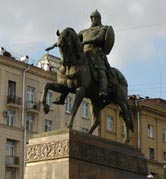 I did make it safely to the Red Square, but more interesting than seeing the graves of those Soviet leaders with the good fortune to die in office, the most valuable cultural lesson for me came on the walk down Tverskaya-Yamskaya.
I did make it safely to the Red Square, but more interesting than seeing the graves of those Soviet leaders with the good fortune to die in office, the most valuable cultural lesson for me came on the walk down Tverskaya-Yamskaya.
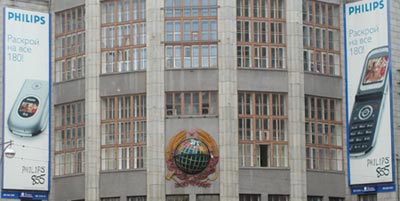
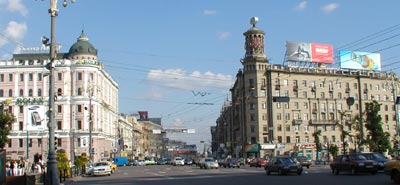
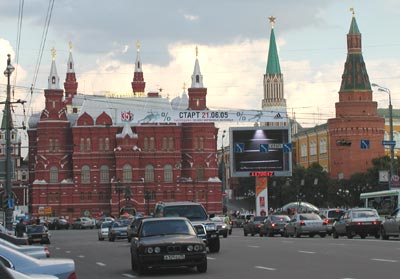

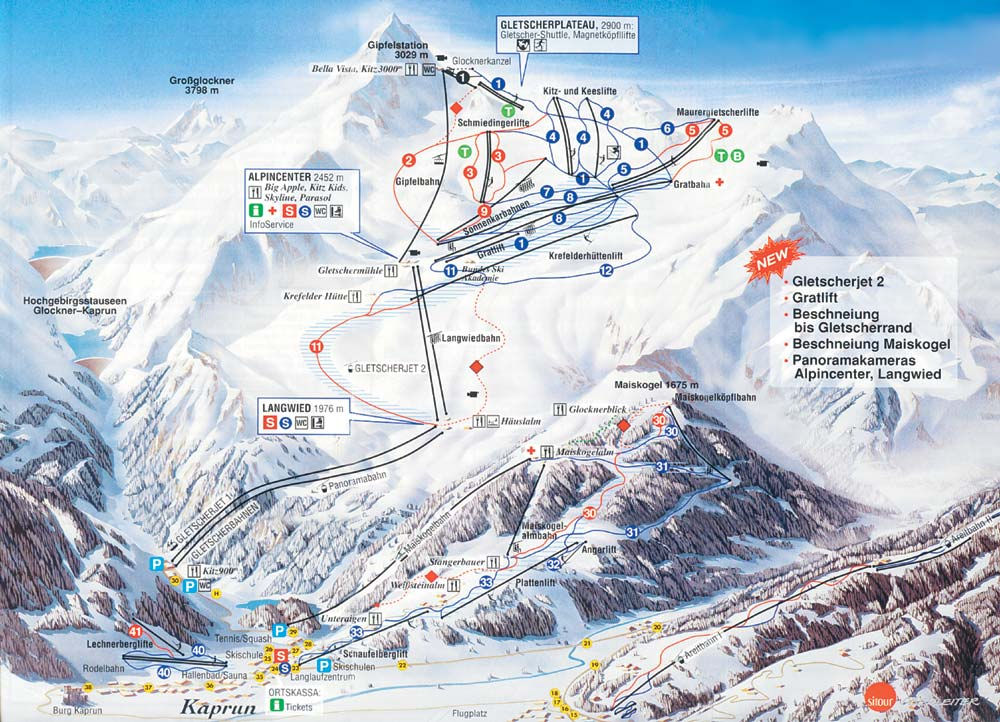
1 Comment
Comments are closed.